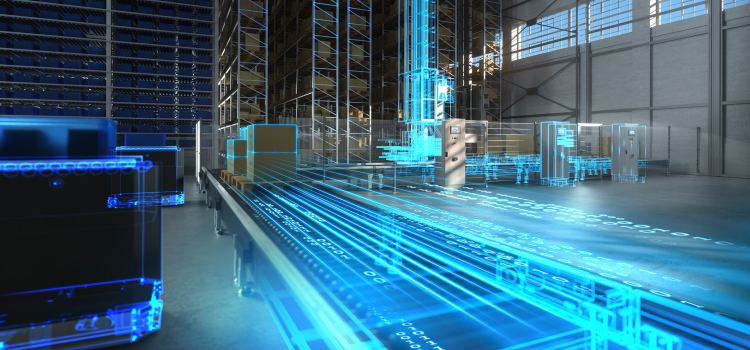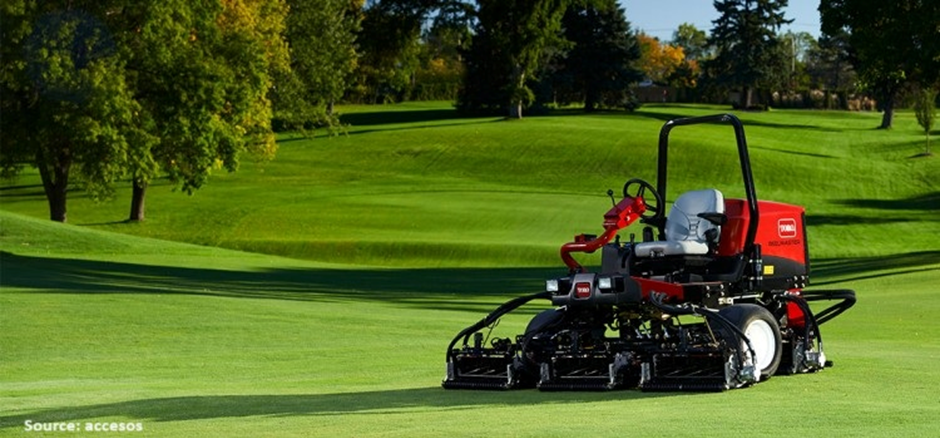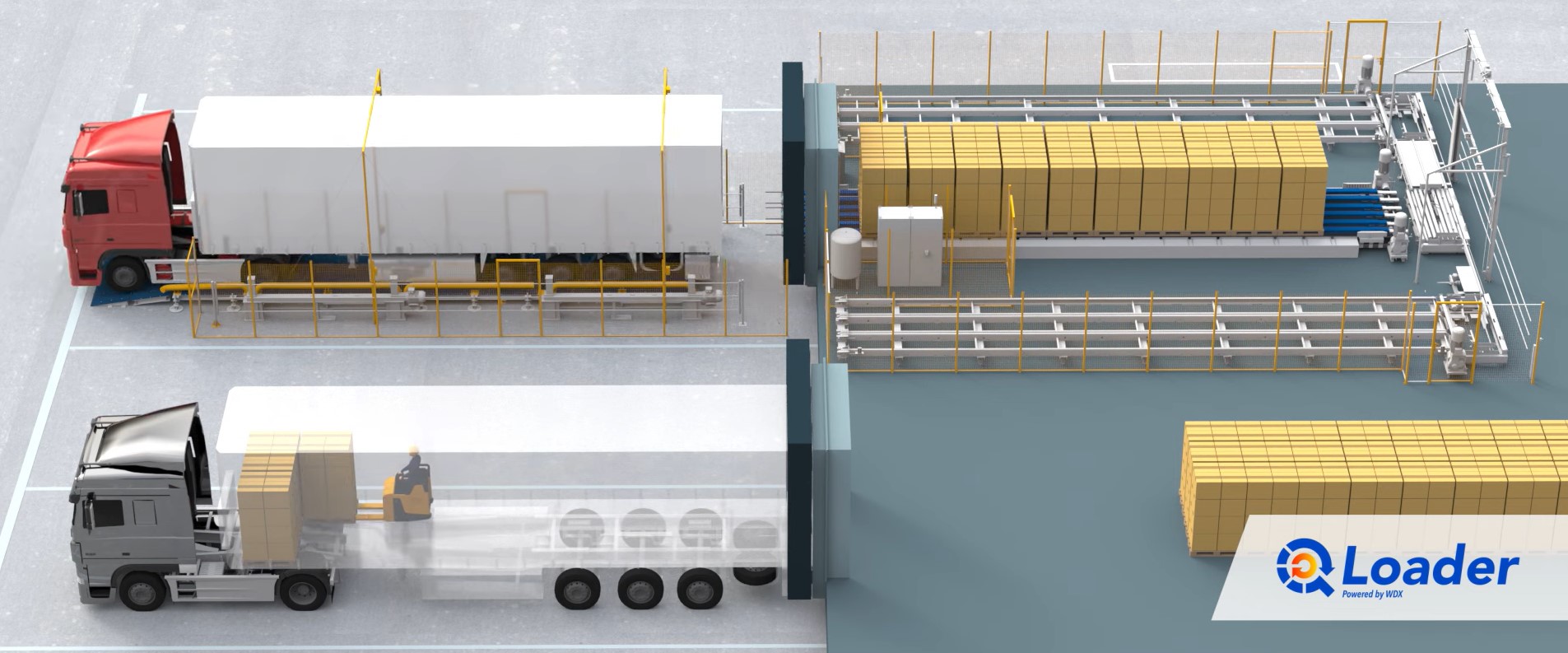
India Intralogistics Market by Component (Hardware, Software, and Services), and by End User Industry (Logistics, Food & Beverages, Retail & E-commerce, Automotive, Chemicals, Pharmaceuticals, Airport, and Mining) – Opportunity Analysis and Industry Forecast 2023–2030
Industry: Construction & Manufacturing | Publish Date: 06-Dec-2023 | No of Pages: 75 | No. of Tables: 50 | No. of Figures: 21 | Format: PDF | Report Code : N/A
Market Definition
The India Intralogistics Market was valued at USD 1.06 billion in 2022 and is predicted to reach USD 4.05 billion by 2030, with a CAGR of 18.1% from 2023 to 2030. Intralogistics is a vital aspect of supply chain management, and its market is focused on the design, implementation, and maintenance of internal logistics systems. To maximise the flow of materials and effectively and economically meet the company's demands, it entails the movement, storage, and management of commodities within an organisation, such as a factory, warehouse, or distribution centre.
The intralogistics market involves the design, implementation, and maintenance of factory and warehouse systems and includes various industries such as manufacturing, retail, e-commerce, and healthcare. Material handling, inventory control, order fulfilment, and reverse logistics are some of the most frequent applications of intralogistics. The intralogistics industry is expanding as a result of the rising need for quick and effective delivery, rising demand for automation, and rising demand for sustainable and environmentally friendly solutions.
Tech-Driven Revolution: India's Intralogistics Market Soars with Innovations Powering Supply Chain Optimization
The burgeoning adoption of digital technologies coupled with the surge in online shopping has prompted companies in India to revolutionize their supply chain processes. In a quest for optimization, businesses are turning to innovative intralogistics solutions, ushering in a new era marked by cutting-edge technologies such as automated warehouses, conveyor systems, and robotics.
These advancements enhance efficiency and cater to the growing demand for seamless and rapid supply chain operations. The resulting synergy between technological innovation and supply chain optimization is propelling the expansion of India's intralogistics market, positioning the nation at the forefront of transformative logistics solutions.
Green Horizon: India's Intralogistics Surges on Sustainable Solutions and Eco-Friendly Innovations
The trend towards sustainability and green logistics is driving the growth of the intralogistics market in India. With the increasing focus on reducing the carbon footprint of logistics operations, companies are seeking solutions that can help reduce energy consumption, emissions and waste. This has led to the adoption of green logistics solutions, such as electric vehicles, energy-efficient warehouses, and packaging materials, which are driving the growth of the intralogistics market in India.
For instance, in September 2022, Falcon Autotech, a leading supplier of intralogistics automation solutions strategically in India, partnered with Alstef Group for parcel sorting solutions. Under this agreement, Alstef Group will exclusively expand the deployment of Falcon Autotech’s Cross-belt sorter range to specific geographies.
High Installation Cost of Intralogistics Systems Can Gloom the Market Prospects
The high installation cost of intralogistics systems can be a significant barrier to adoption and can limit the market prospects for these systems. Intralogistics systems typically require significant investments in technology and infrastructure, including specialized equipment, software, and hardware, as well as the cost of installation and maintenance.
Some organisations, especially small and medium-sized enterprises (SMEs), which may have limited resources to invest in these technologies, may find this high upfront cost to be prohibitive. The scale and complexity of the operation, the level of customization needed, and the level of automation requested can all impact how much intralogistics systems cost. As a result, some businesses may opt for less expensive and less efficient alternatives, which can limit the growth and adoption of intralogistics systems in the market.
Unlocking Opportunities: Introduction of Drones in the Intralogistics Industry to Create Future Market Prospects
The introduction of drones in intralogistics has the potential to create significant growth opportunities for businesses that rely on efficient supply chain operations. Drones, also known as unmanned aerial vehicles (UAVs), are being used in intralogistics to automate a range of tasks, including inventory management, order picking, and delivery.
Businesses may increase the accuracy and speed of their operations while cutting the time and expense of manual labour and transportation by utilising drone technology. Drones can also increase the flexibility and scalability of intralogistics, allowing businesses to quickly adjust to fluctuations in demand.
Moreover, drones can improve efficiency and reduce the risk of accidents or injuries for workers who might otherwise need to use ladders or other equipment to access these areas. In addition, drones can gather information on inventory levels, product quality, and other key metrics, providing businesses with valuable insights into their operations by using sensors and cameras. This data can be used to optimize processes, improve forecasting, and reduce waste, leading to cost savings and improved efficiency. All these above-mentioned factors are expected to create growth opportunities for the intralogistics market shortly.
Competitive Landscape
The India intralogistics industry includes several market players such as Daifuku Co. Ltd., Jungheinrich AG, Kion Group AG, Honeywell International Inc., Midea Group, Vanderlande Industries B.V., SSI Schaefer AG, KNAPP AG, Beumer Group Gmbh and Co. KG, and Autostore.
Key Benefits
-
The India intralogistics market report provides a quantitative analysis of the current market and estimations through 2023-2030 that assists in identifying the prevailing market opportunities to capitalize on.
-
The study comprises a deep dive analysis of the market trend including the current and future trends for depicting the prevalent investment pockets in the market.
-
The information related to key drivers, restraints, and opportunities and their impact on the market is provided in the report.
-
The competitive analysis of the market players along with their market share in the India intralogistics market.
-
The SWOT analysis and Porter’s Five Forces model are elaborated in the study.
-
Value chain analysis in the market study provides a clear picture of the stakeholders’ roles.
India Intralogistics Market Key Segments
By Component
-
Hardware
-
Automated Storage and Retrieval Systems (AS/RS)
-
Unit-Load AS/RS
-
Mini-Load AS/RS
-
Vertical Lift Modules (VLMs)
-
Carousel AS/RS
-
-
Industrial Robots
-
Mobile Robots
-
Automated Guided Vehicles (AGV)
-
Autonomous Mobile Robots (AMR)
-
-
Conveyor Systems
-
Sortation Systems
-
-
Software
-
Services
By End User Industry
-
Logistics
-
Food and Beverages
-
Retail and E-Commerce
-
Automotive
-
Chemicals
-
Pharmaceuticals
-
Airport
-
Mining
REPORT SCOPE AND SEGMENTATION:
|
Parameters |
Details |
|
Market Size in 2022 |
USD 1.06 Billion |
|
Revenue Forecast in 2030 |
USD 4.05 Billion |
|
Growth Rate |
CAGR of 18.1% from 2023 to 2030 |
|
Analysis Period |
2022–2030 |
|
Base Year Considered |
2022 |
|
Forecast Period |
2023–2030 |
|
Market Size Estimation |
Billion (USD) |
|
Growth Factors |
The burgeoning adoption of digital technologies. The trend towards sustainability and green logistics |
|
Companies Profiled |
10 |
|
Market Share |
Available for 10 companies |
|
Customization Scope |
Free customization (equivalent up to 80 working hours of analysts) after purchase. Addition or alteration to country, regional, and segment scope. |
|
Pricing and Purchase Options |
Avail customized purchase options to meet your exact research needs. |
KEY PLAYERS
-
Daifuku Co. Ltd.
-
Jungheinrich AG
-
Kion Group AG
-
Honeywell International Inc.
-
Midea Group
-
Vanderlande Industries B.V.
-
SSI Schaefer AG
-
KNAPP AG
-
Beumer Group Gmbh and Co. KG
-
Autostore




 Speak to Our Analyst
Speak to Our Analyst


































